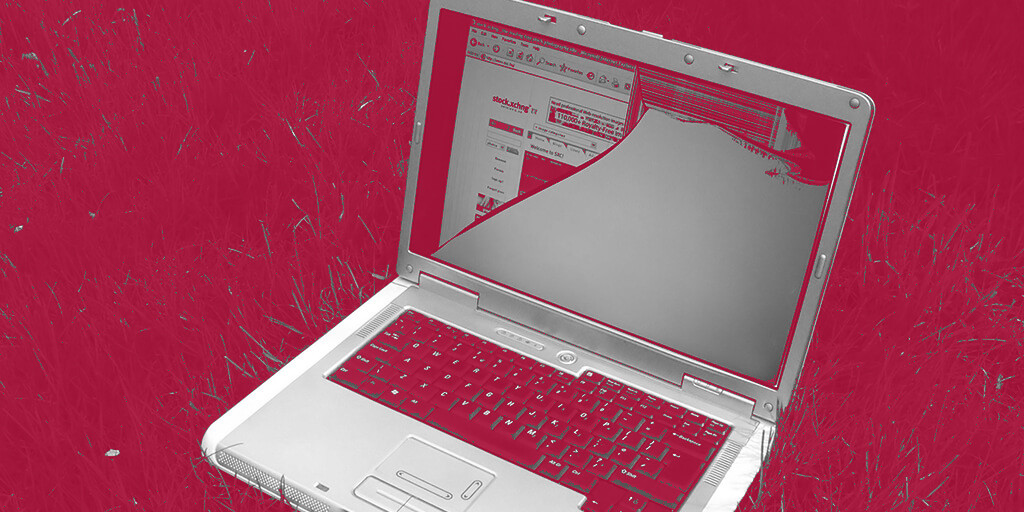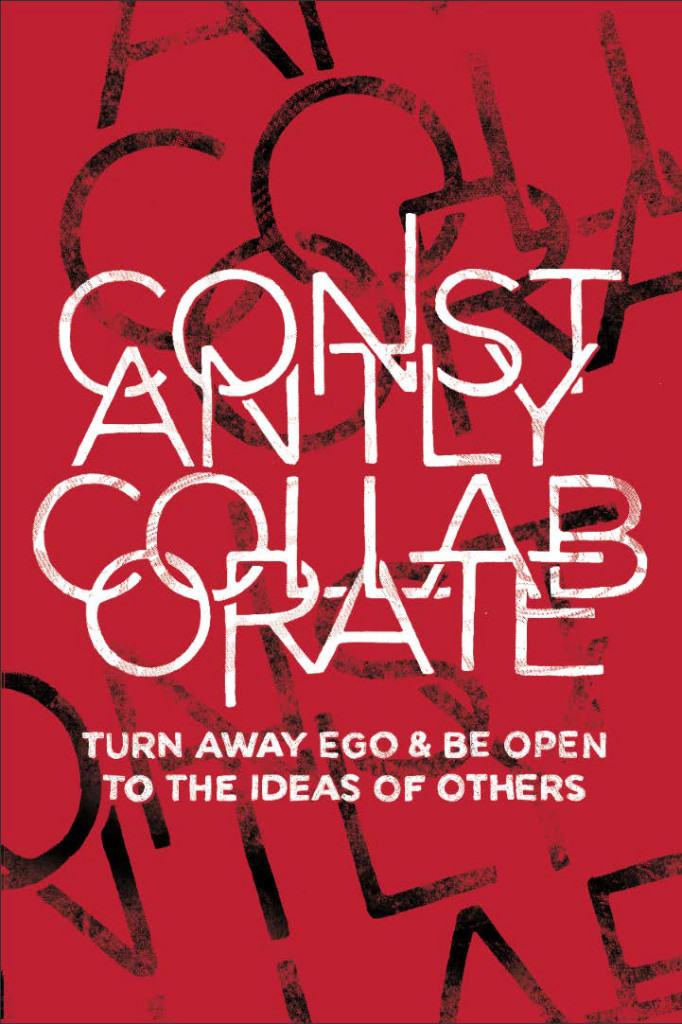If your only tool is a hammer, then every problem looks like a nail. As a designer, if your only tool is a computer then every problem looks like a glitch. What if the problem isn’t just the design? Let me relate Maslow’s Hammer to our creatively digested world: At ST8MNT, we believe our process does not have to start digitally when we deliver a finished digital product. Our process is held strong by our pre-plan allocation. This aspect can differ from each project to the next, but the front-loading planning process is the ultimate headway for a steadfast journey from client relations to internal procedures.
As designers, we collectively try to avoid pitfalls at all costs. These glitches can take the form of countless revisions, misinterpreted expectations and bogged down timelines. No one likes to be blind-sided. So minimize those road blocks with a few simple measures. Luckily, the ST8MNT design space gives us the opportunity to come at it from all angles and approach projects with a healthy beginning.

When a job comes in with a tight turnaround, skipping your initial research feels like a convenient choice. However, these projects benefit the most from solid initial studies. Do well by your project and implement the research. Rounds of revisions can creep up when there is no fundamental basis behind the designs that are delivered. Avoid having the budget and time wasted with back and forth revisions. With full client immersion and scratching out all ideas with pen and paper, go search for that pearl of an idea. Don’t be a round 9 designer! Take a moment and capture that pearl.
Avoid your glitch by kicking off a project with a solid pre-design process. They are the most basic of tasks, but they ensure that the concept and direction of a project will always be on point.
Immersion
Be immersed in all things client. Become familiar with who they are and what they want to deliver compared to their competitors. Then distinguish what the key objectives of the project are. These key objectives allow us to determine the ‘lens’ of the project. The lens is the focused range through which all design direction and conceptual ideas need to be viewed during the entire process.
Sketches
There is no better way to find out how many terrible ideas you may have. However, somewhere within those scratchy gesture drawn ideas lies a gem. Whether it means using pen and paper, pencil and paper, sharpie and napkins, tear drops and confetti, or jelly and a toothbrush, quickly hash out all of those artistic directions that are constantly flowing through your head. Be elated by how awesome your pencil sketches look! Being able to hash out ideas visually with a Creative Director before heading to the computer is an effective and efficient use of your project time. Remember, time is money. Force this step into your process and everyone involved will benefit. Sharing is caring!
Whiteboarding
Here at Fort ST8MNT, we are lucky enough to have several whiteboards which are longer than the “slightly-used” limousine you rented from your toothless uncle for the junior prom. They are constantly filled with ideas, random thoughts, project outlines and obscure scribbles. The best part of a whiteboard is that you can erase and erase and no one will be the wiser. A filled-in whiteboard always prompts the “humpf” stance with hand on chin and all. Allow these thoughts to percolate, then finalize that purple rendered outline and stick to it.
Collect Inspiration
There are a ton of sites that have great libraries available for digging. Niice.co has an awesome collection functionality that allows any user to grab anything on their site that seems inspiring. Dribbble is an excellent illustrative community that radically updates and showcases some of the best design details around. Pttrns.com is a site for the UI & UX minded designers where it is possible to find obtainable living design work filtered by categories. Through these resources it is possible to gather enough visual research to help determine which ideas work and which ones don’t.
*There are many other ways to prepare for any type of project. Find out what works best for your own client and process.

It is tempting for a process to create an over-reliance on a familiar tool. Become accustomed to working in multiple mediums when delivering any type of design. If you force front-loading into the planning process, I guarantee the project will go as smooth as “Tennessee Whiskey” or your money back. Reinforce the design concept through this step and align your expectations with the client.
One of our core values at ST8MNT is to constantly collaborate. This means we include all parties in all steps of the project to keep that mutual end goal attainable. We always want to be on the same page, and if the research is thorough and all things are considered, then we set our clients up for success… no glitch attached.


